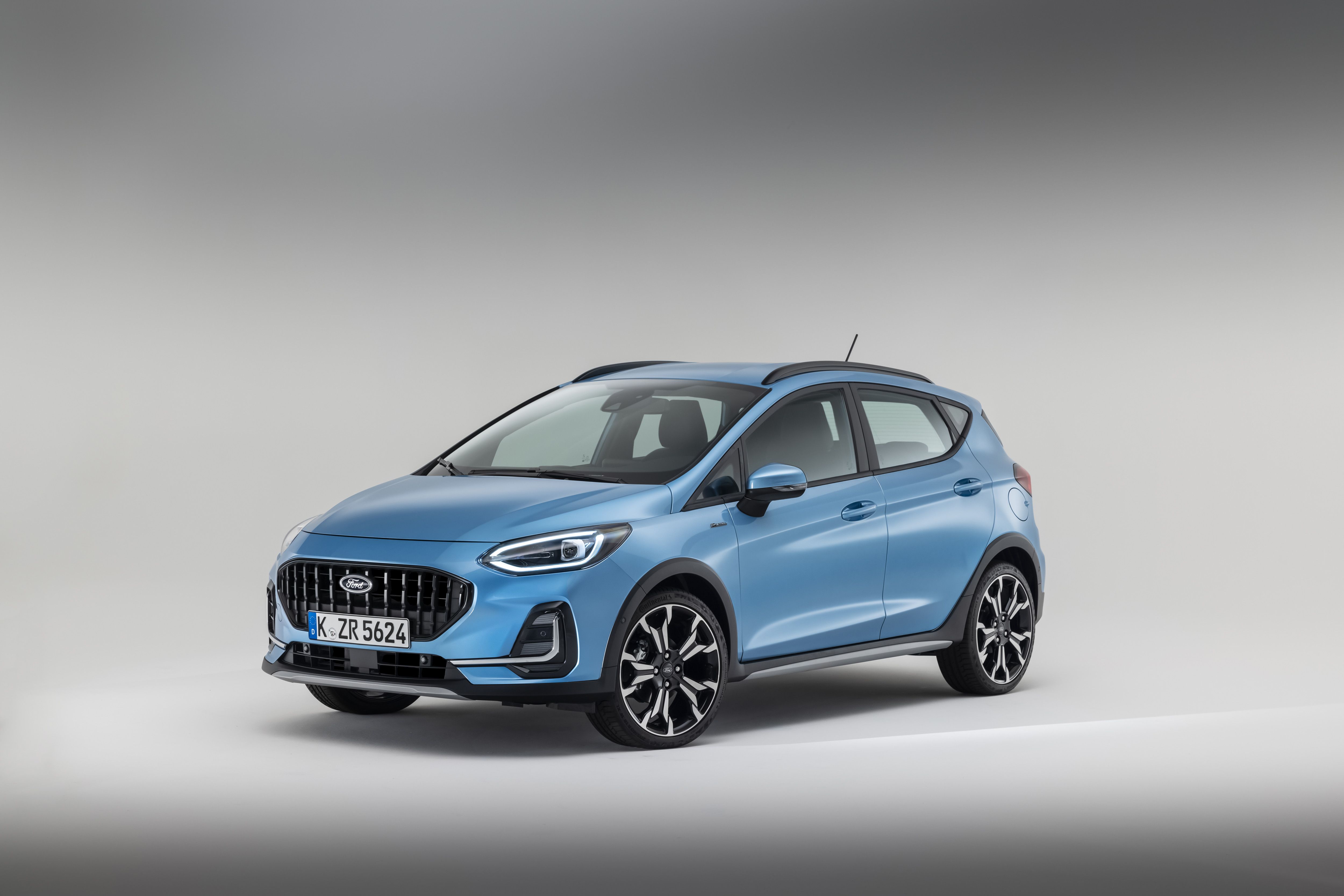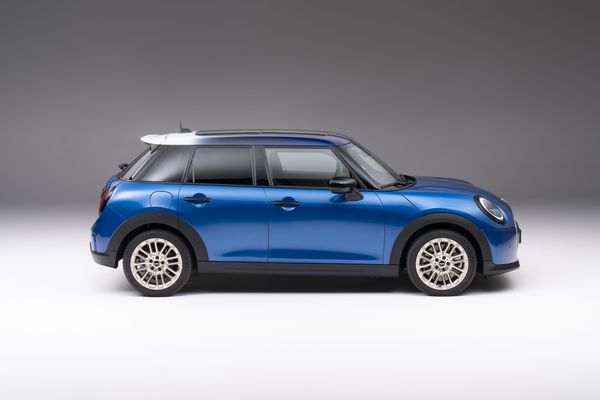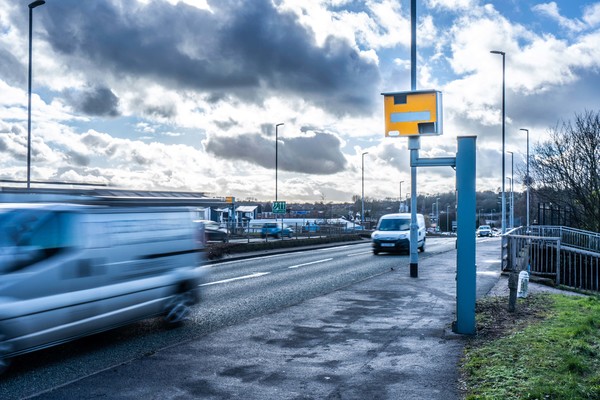THE final Ford Fiesta will roll off the production line this week following Ford's decision to axe the popular little supermini, bringing 47 years and eight generations of production to an end. During those years more than 22 million were built.
Ford made the decision to build their first high-volume electric vehicle in Cologne which meant turning the Fiesta plant into a battery-electric facility, and the Cologne EV Centre, Ford’s first carbon-neutral factory officially opened in June.
The Fiesta regularly featured in the annual list of top 10 best-selling cars from its 1976 launch and held the top spot consistently between 2009 and 2020, the longest ever run of consecutive years on top by any car. In 2021, however, the Fiesta fell out of the top 10 altogether as the Covid-19 pandemic hit supply chains and manufacturers diverted their stock of parts away from less profitable small cars towards more bountiful crossovers and SUVs.
The Puma crossover has replaced the Fiesta in Ford’s line-up and has found great success – it was the brand’s best-seller in 2021 and the fourth best-seller in 2022. That is not to say that the Fiesta’s popularity had collapsed, because it regularly featured in the top 10 bestsellers throughout the first five months of 2023 (and remains the top choice for the used car market).
The Fiesta was also sold in a variety of hot hatch guises over the years, including RS, ST and XR variants. My own hot Fiesta was the fabulous RS1800.
Ford say that as they get ready for the transition to an electric future they have already discontinued production of S-Max and Galaxy at their Valencia plant in Spain – and now it was time to discontinue Fiesta production. Over the years the Fiesta has been manufactured in England, Spain, Brazil, Argentina, Venezuela, Mexico, Taiwan, China, India, Thailand, and South Africa before production for Europe switched to Germany. As well as being made as a hatchback, the Fiesta was produced as a small van and gained great success in rallying.
The Fiesta was also sold in a variety of hot hatch guises over the years, including RS, ST and XR variants. My own hot Fiesta was the fabulous RS1800.
To replace the models it is discontinuing, Ford will introduce three new electric passenger vehicles by 2024 and are planning to sell more than 600,000 electric vehicles in Europe by 2026, with electric passenger vehicle production in Cologne planned to exceed one million vehicles over a six-year timeframe.
When first launched here in 1976, the Fiesta cost just £1,856 on the road; today an on-the-road Fiesta sets you back £19K.
And so it’s a fond farewell to a truly iconic little car.
Verstappen is the man to beat
At a thrilling Sprint race weekend at the Red Bull Ring in Austria, Max Verstappen continued his F1 dominance taking two poles, two race wins, and two fastest laps.
But behind Verstappen’s metronomic performance there were battles all the way down an exciting sprint race field. Verstappen powered to a dominant sprint win in challenging conditions beating team-mate Sergio Pérez to the flag as Carlos Sainz took a much needed third place for Ferrari.
In the main race on Sunday Verstappen took an emphatic victory, carving out a large enough gap to Ferrari’s Charles Leclerc to allow him to pit for new tyres to take the point for fastest lap on the very last lap, and still be five seconds clear of the Monegasque driver. Sergio Pérez delivered a superb recovery in the second Red Bull to claim the final podium position after starting in 15th place.
At the start, Verstappen got away well from pole and took the lead ahead of Leclerc as the grid streamed towards Turn 1. Behind them, Sainz held third, but fourth-placed Lando Norris was beaten off the line by Lewis Hamilton. Further back, Yuki Tsunoda damaged his front wing and with debris on the track the Safety Car was dispatched.
When racing resumed Verstappen controlled the restart perfectly ahead of Leclerc and Sainz. In 13th place Pérez went on the attack and quickly passed Ocon, Russell and Albon. During a Virtual Safety Car period, a host of drivers pitted for new tyres. However, Verstappen and Pérez stayed out and when the track went green again Verstappen led Leclerc by 17.7s, with Pérez in P3.
Max Verstappen is the main man
Verstappen made his first stop on lap 25, that allowed Leclerc into the lead with Sainz second, but Verstappen soon closed up to the Ferrari’s and on lap 35 he was back in front. Pérez, too, was advancing, and after overtaking Gasly and Alonso he was up to fourth. Sainz made his second stop for tyres and to serve a five-second penalty, and that allowed Pérez past into third place. Leclerc stopped two laps later and Pérez was up to second.
Verstappen made his second stop emerging back into the lead, six seconds ahead of his team-mate Perez who pitted to rejoin in fifth, four seconds behind Norris who he eased past easily and after an epic battle roared past Sainz into third. At the front, Verstappen was in imperious form taking the win, Leclerc crossed the line five seconds adrift and 12 seconds later Pérez took the flag to complete a stunning recovery to seal a double podium for Red Bull.
Fourth place went to Sainz with Norris in fifth ahead of Alonso, Hamilton, and Russell, Gasly was ninth and the final point went to Lance Stroll. In the championship Verstappen dominates with 229 points from Perez second on 148 and Alonso third on 128.






